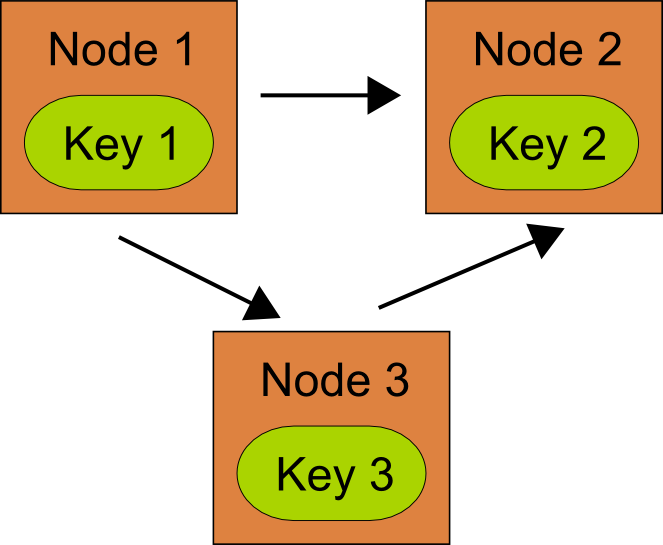Highly Scalable, Ultra-Fast and Lots of Choices

Graph Database
Your application needs to dynamically manage and evaluate relationships between your entities.
For example, your application keeps track of who of your users knows whom and you would like to show common friends of any two users. Or, a mobile application needs to show how a specific location can be reached via public transport from the current location, etc.
Your application focuses on relationships between entities more than on the actual entities and their properties. The application needs to traverse the relationships of a large number of entities efficiently.
Storing relationships between entities is exactly what relational databases are made for. But querying recursive or transitive relationships in large entity sets is difficult due to limitations in SQL and the way relational databases actually store entity data.
Efficient traversal algorithms are the key to a high query performance, but implementing and optimizing such algorithms for large sets of data is a difficult task.
* * *
Therefore:
Choose a Graph Database, which make it possible to explicitly model the relationships between entities as a graph and provides means to efficiently traverse the graph.

Graph Databases offer search capabilities among entity relations better than any other database type. Traversal along the edges of large graphs can be done very fast. Graph Databases typically provide a set of standard graph search algorithms to aid the development of efficient queries.
The performance of searching within large graphs is very high if the database can execute a search request in a single call. If your application needs to traverse the graph explicitly, every traversal step may lead to an inter-process round-trip with the potential to harm performance significantly.
If you need to search nodes by their properties, Graph Databases typically provide some kind of support, for example in form of indexes. Be aware, however, that Graph Databases are not made to search for sets of nodes by their properties. Their support for such kinds of searches often is very limited. For such use cases, you may need to employ additional technologies such as full text search engines on top of the Graph Database.
Every domain model that is based on a relational or a key/value structure can be transformed into a graph. In theory, it is therefore possible to migrate any domain model to a graph database and to benefit from the search capabilities of graph databases. Even if a relational database or Key/Value Store remains master of the data, you could periodically load a snapshot of the data into a Graph Database to perform graph-related search requests there (although the creation and transfer of such a snapshot may be a costly operation by itself).
It may be difficult to partition a graph of data among several servers to support clustering in case a single server does not support the amount of data or number of requests.
Examples of Graph Databases are Neo4j and OrientDB.
Back to the pattern overview